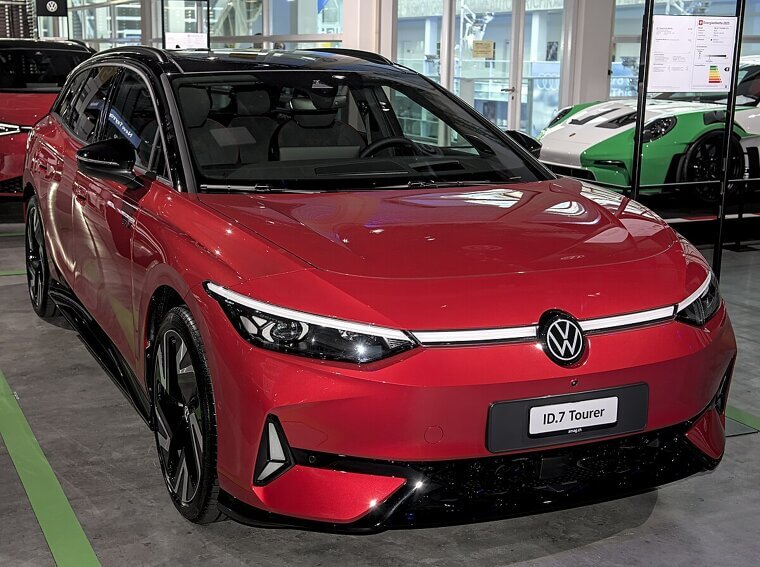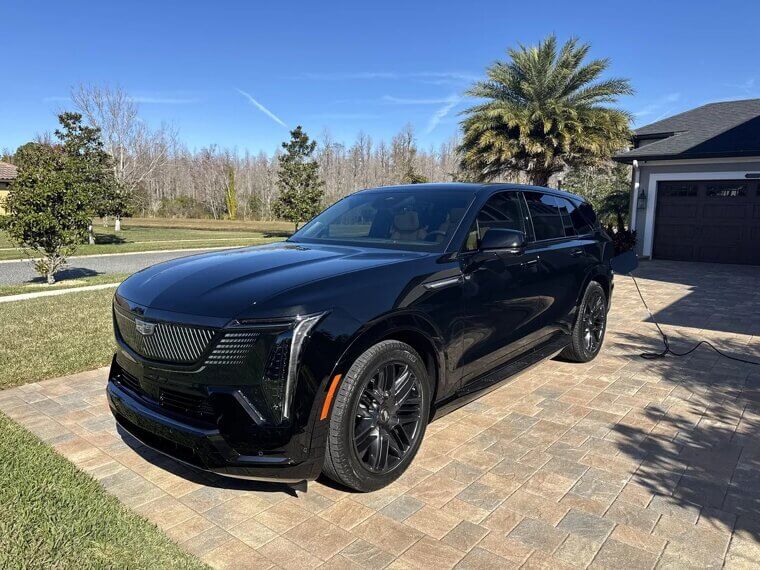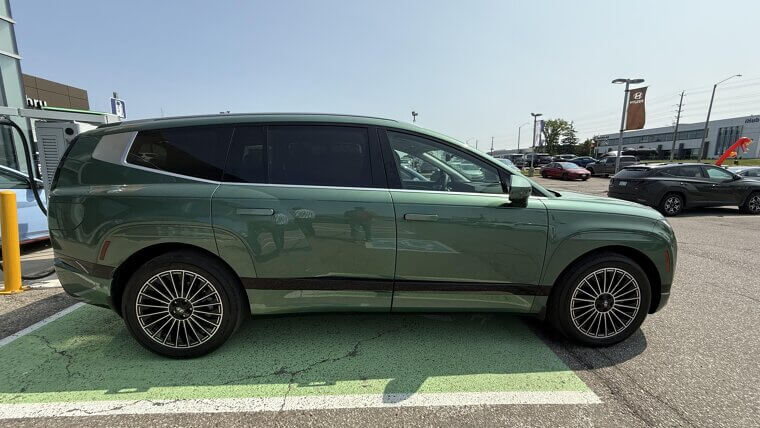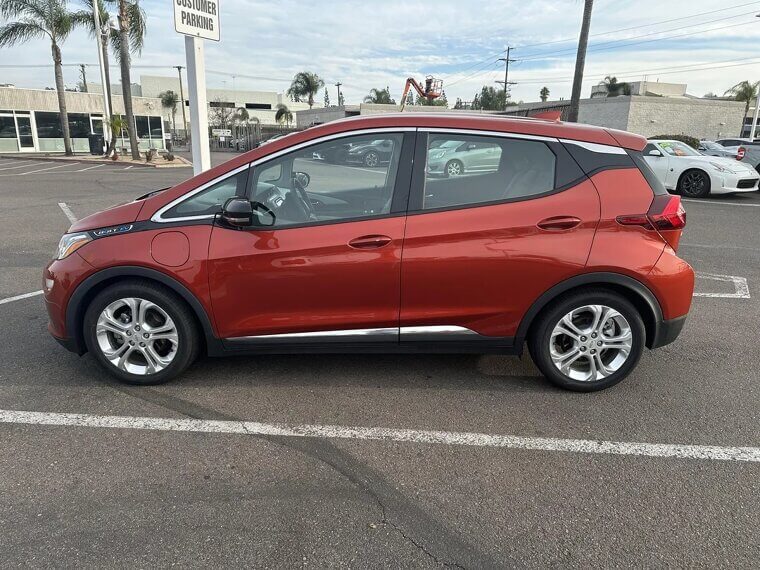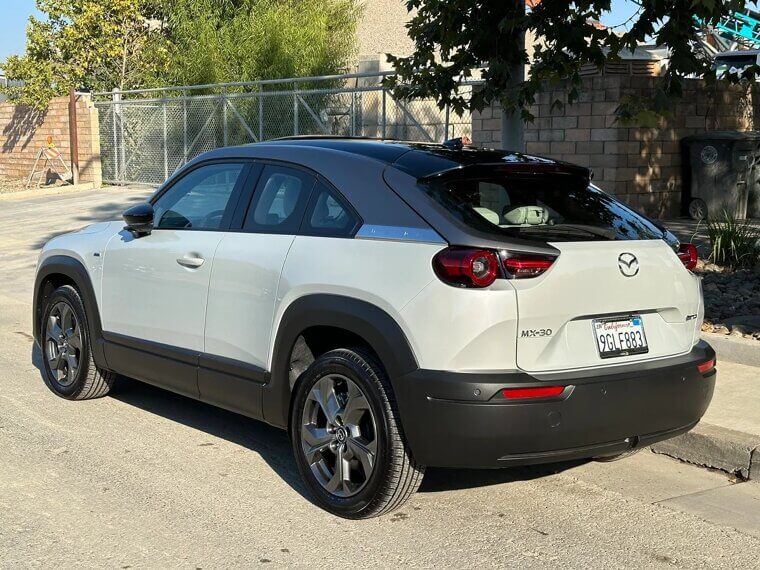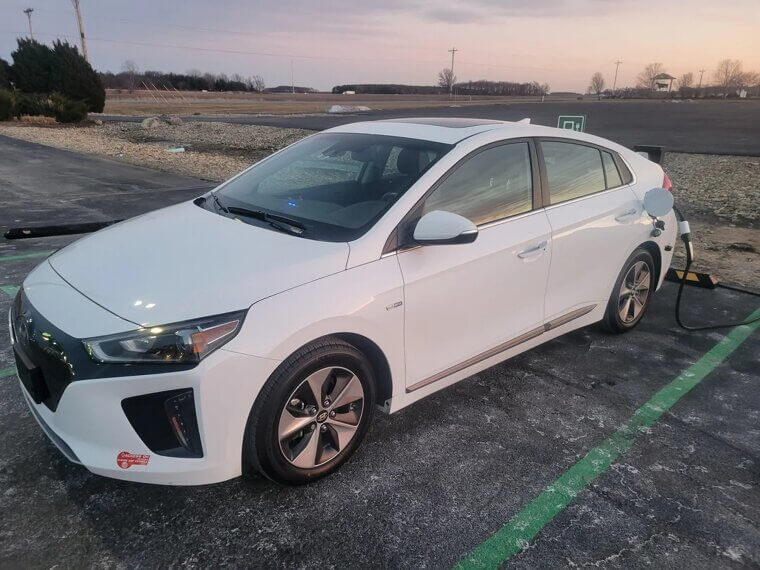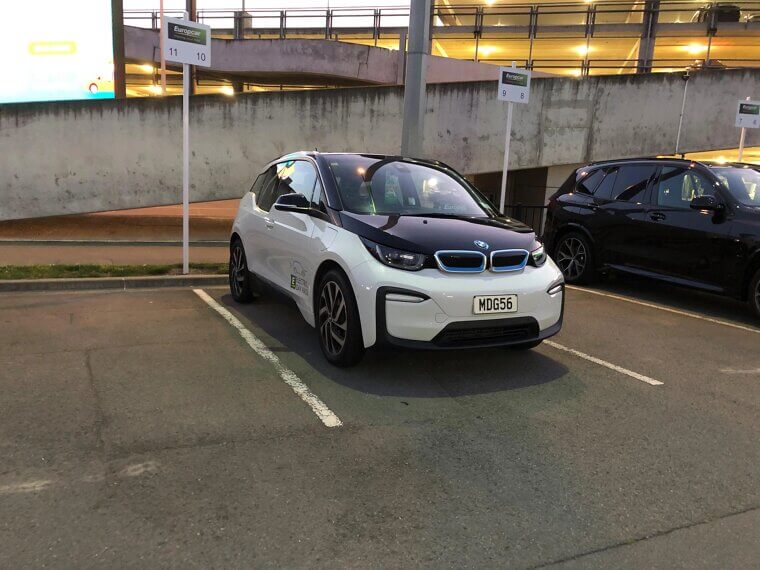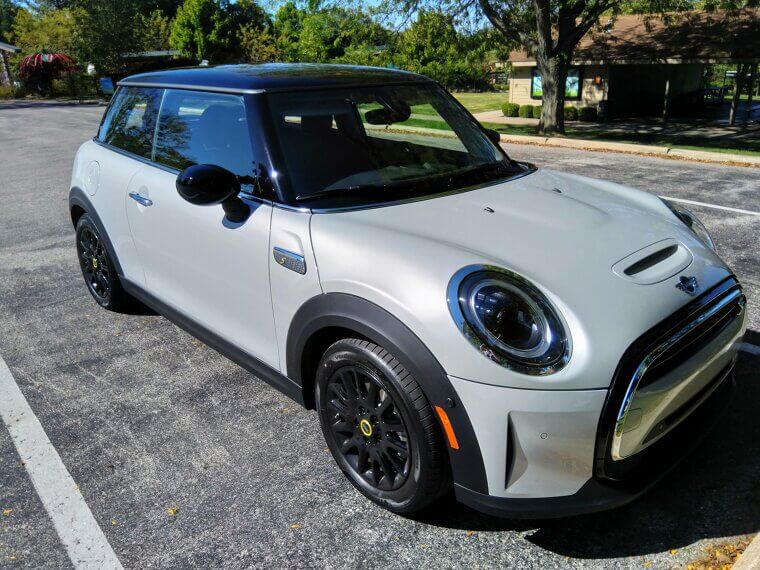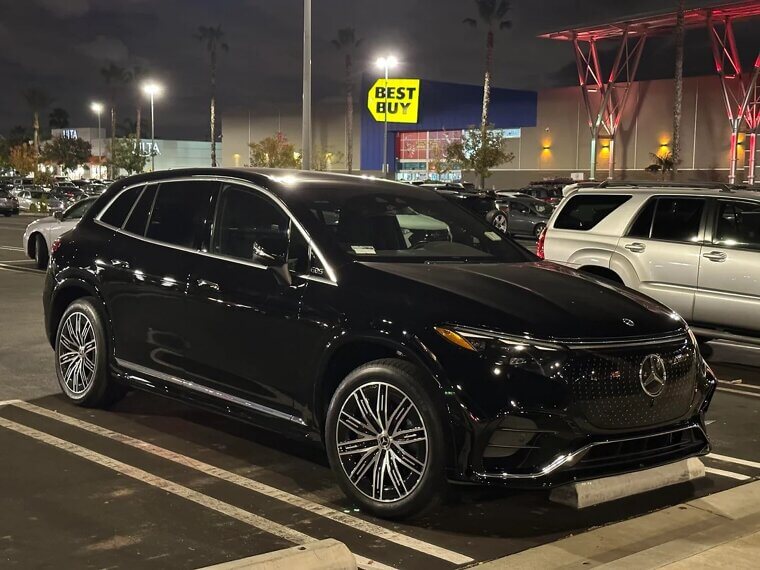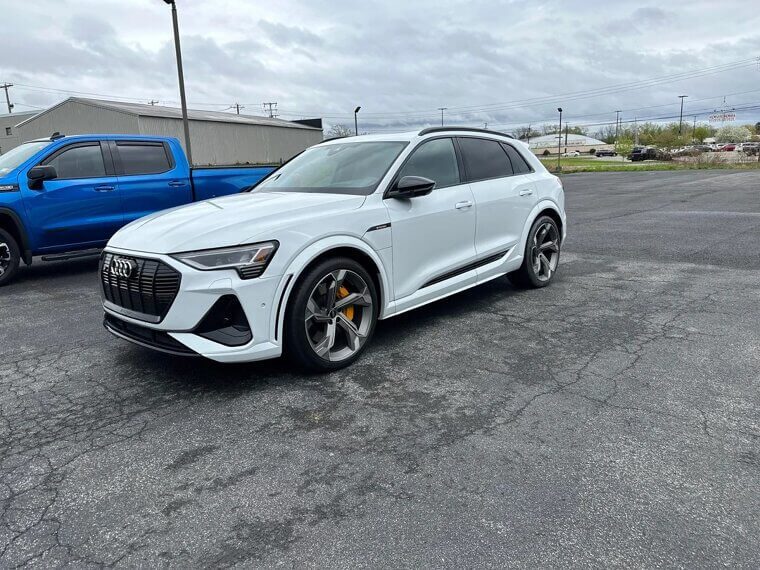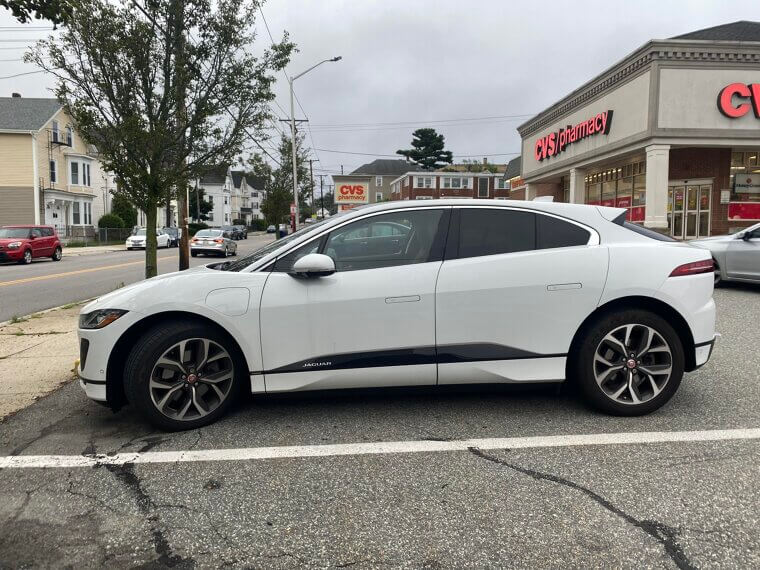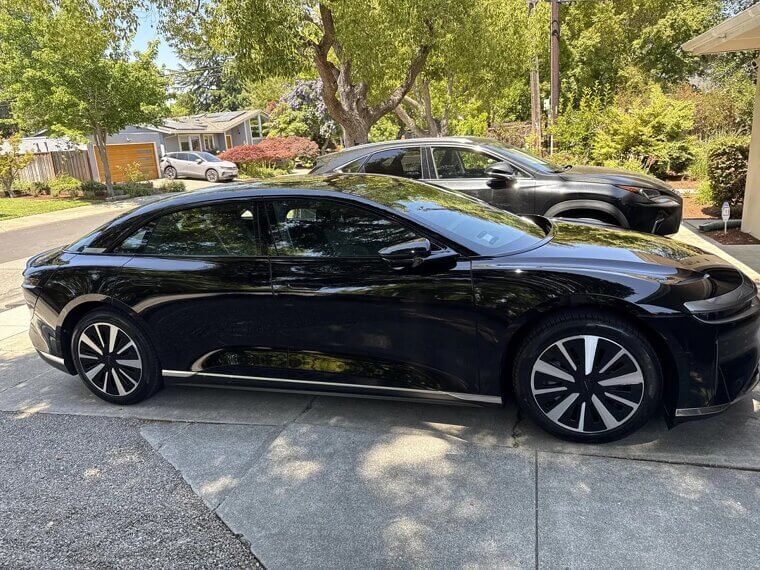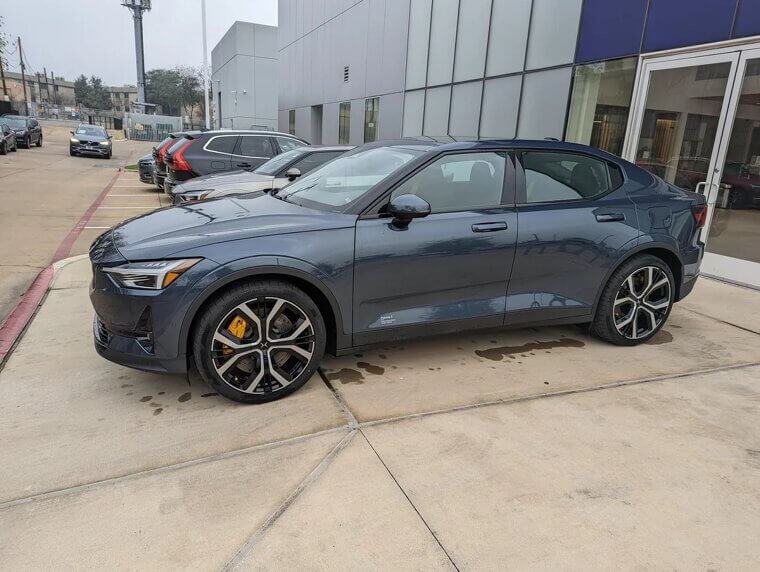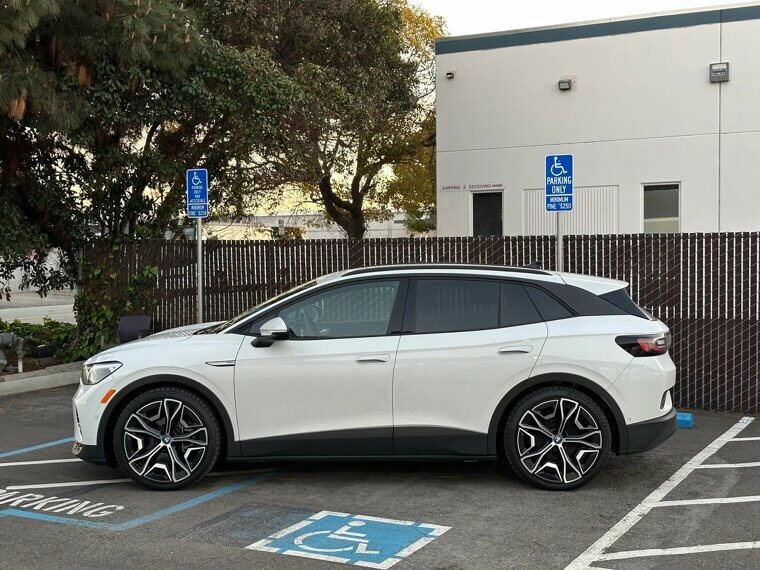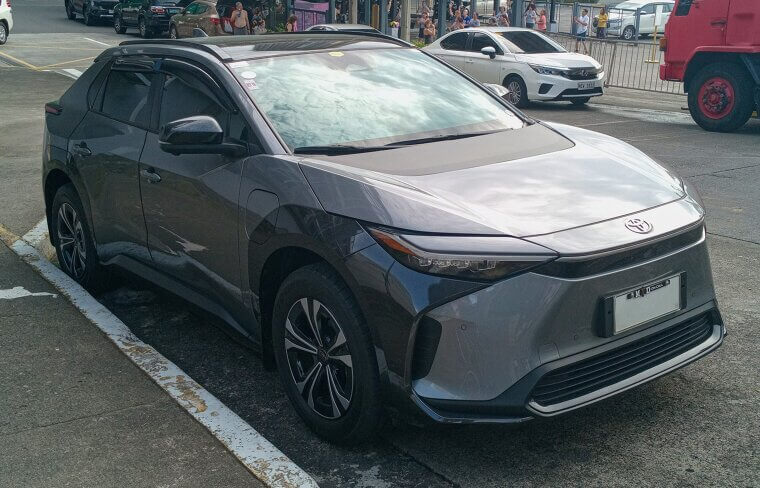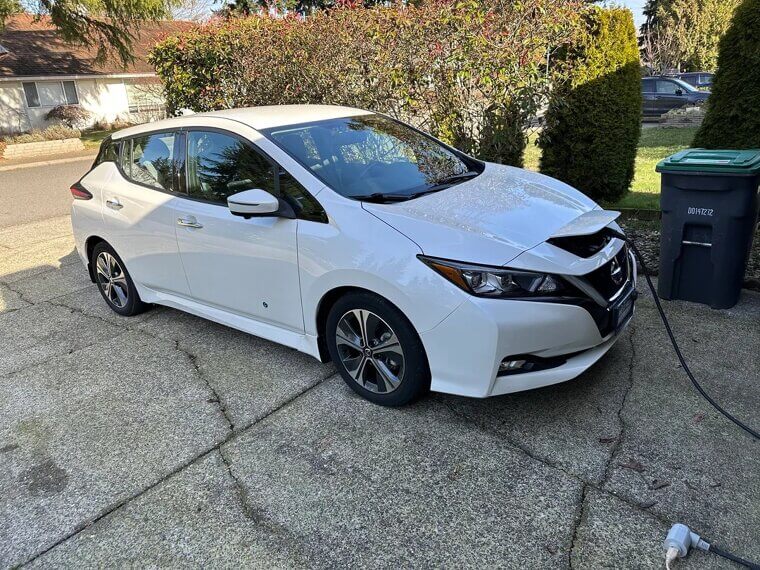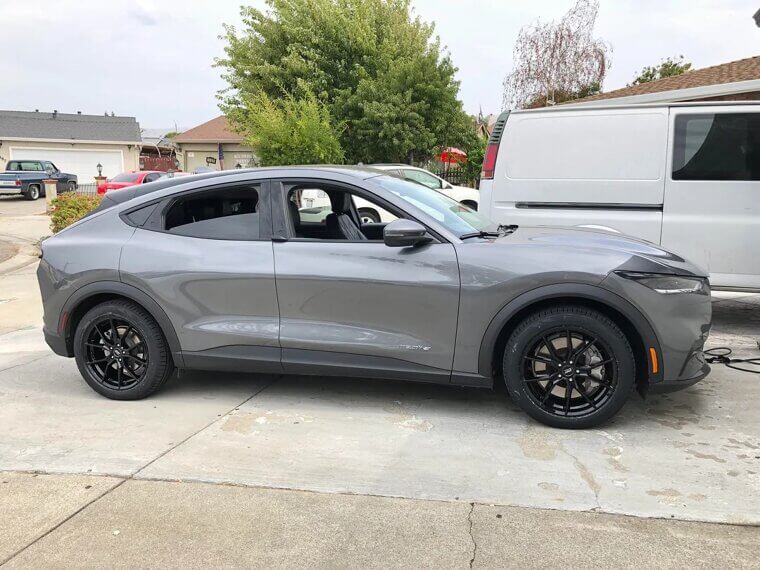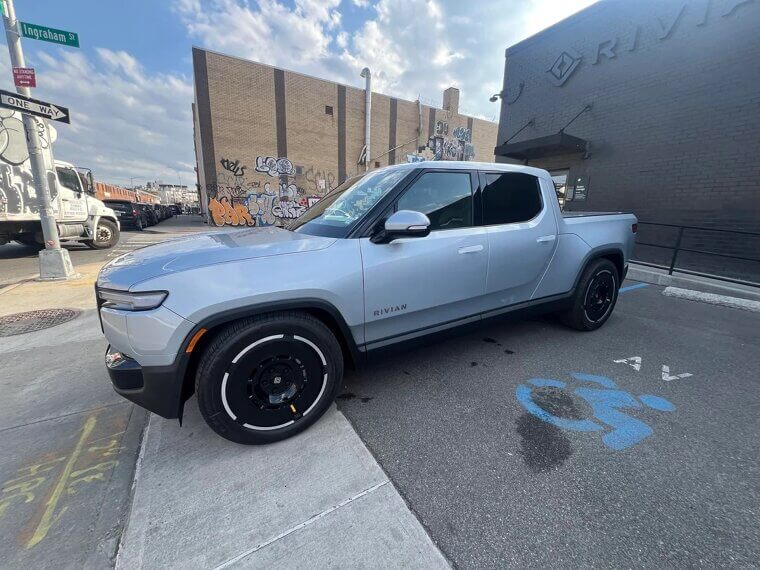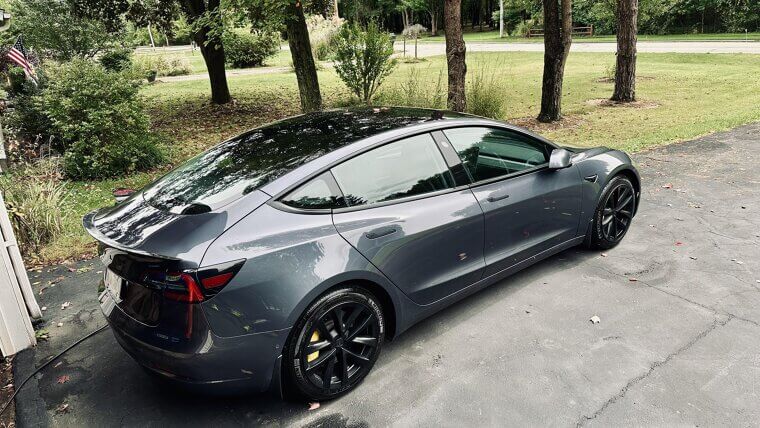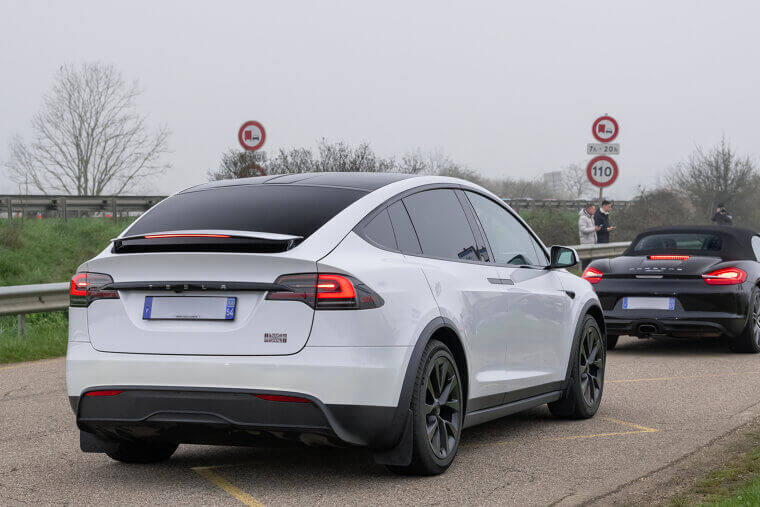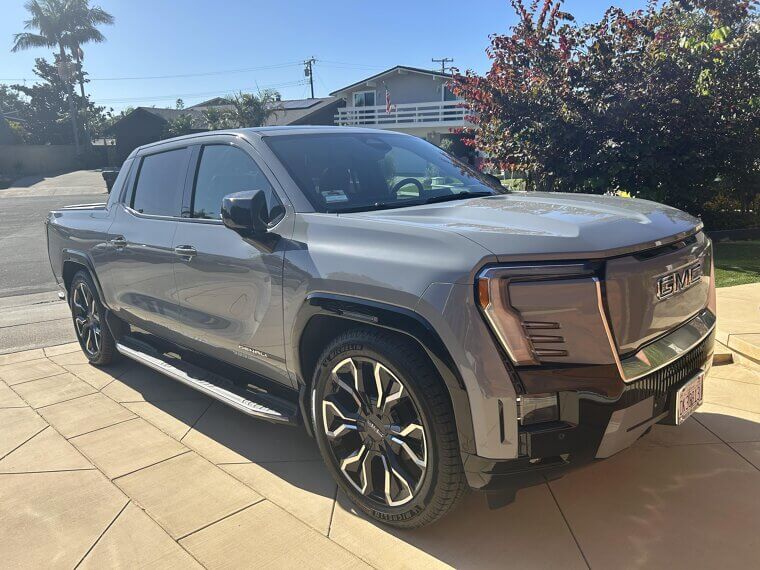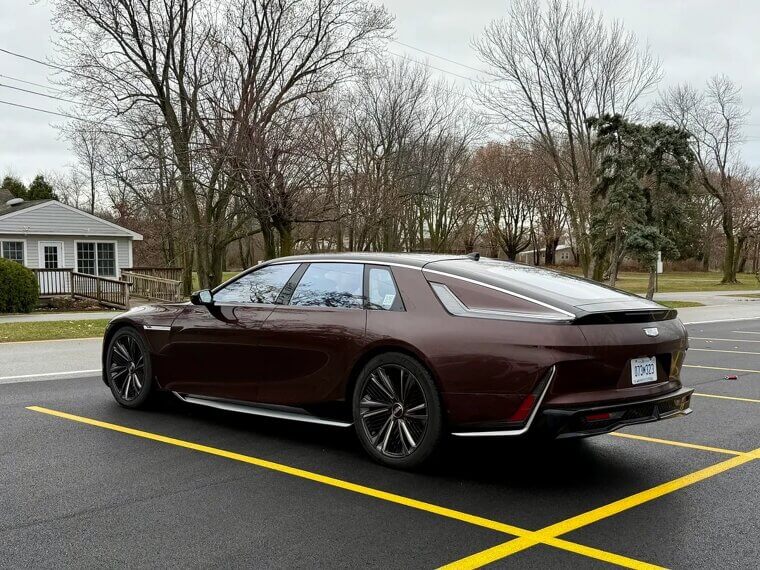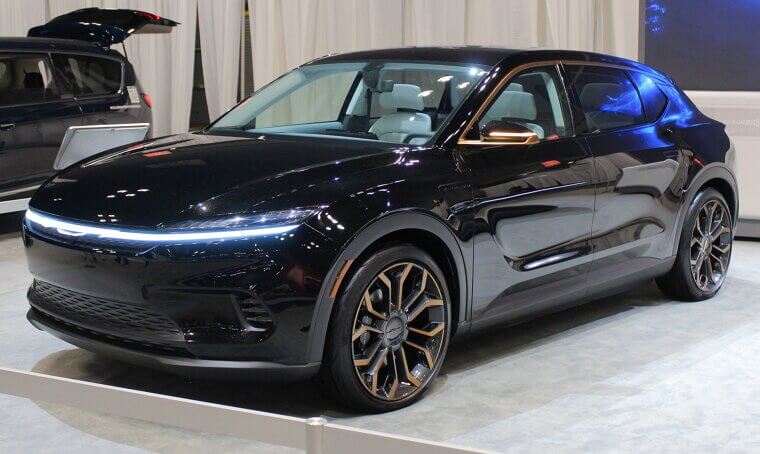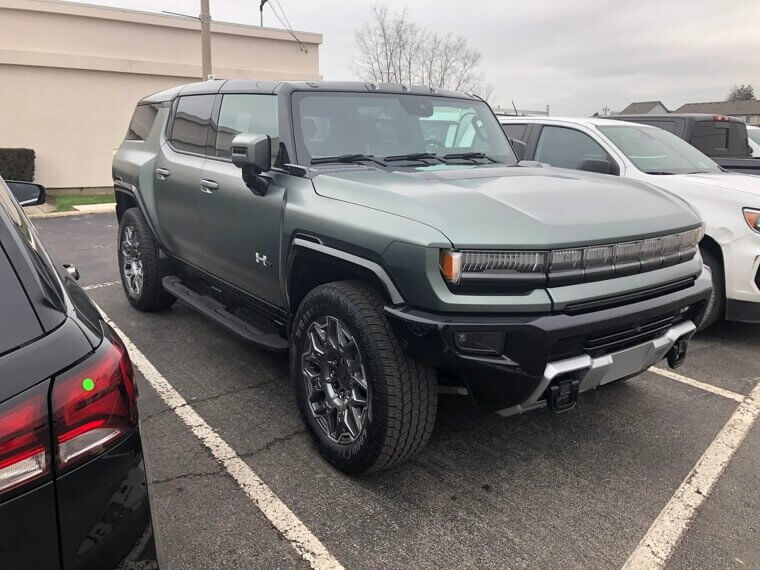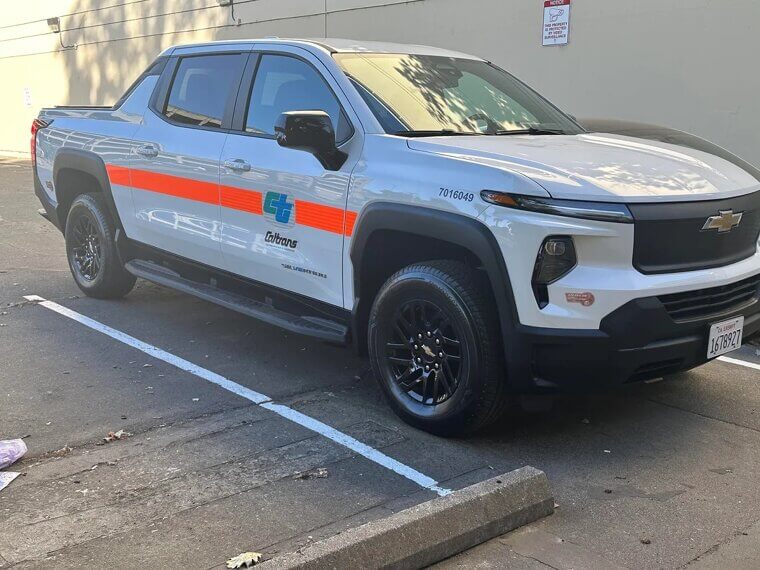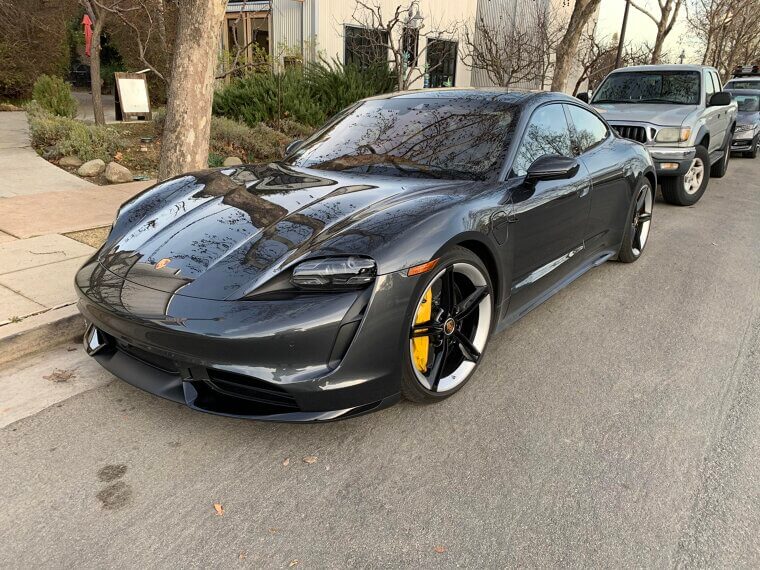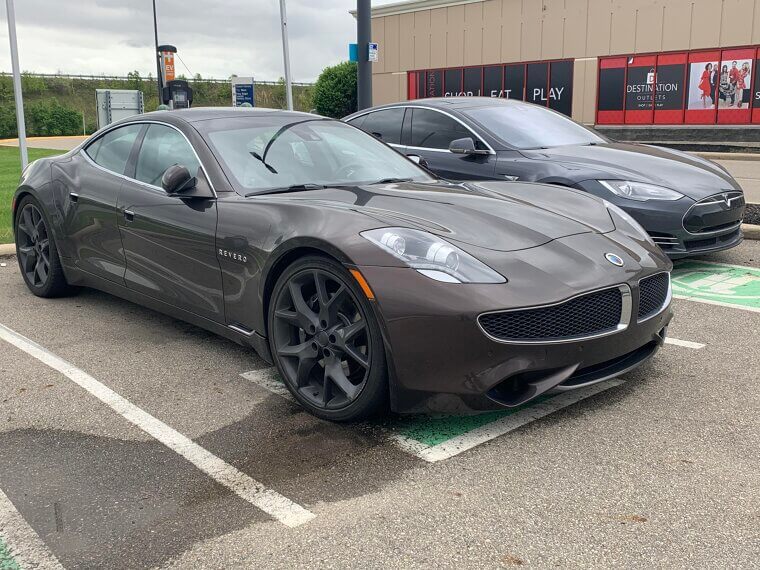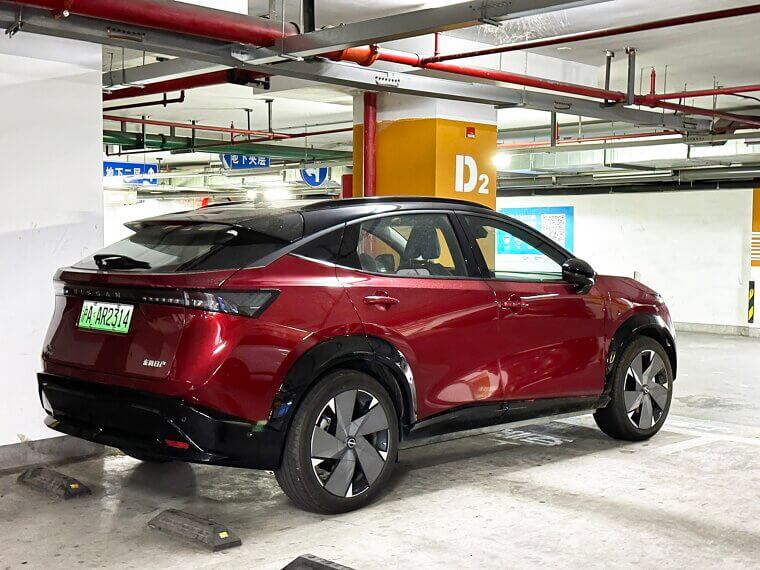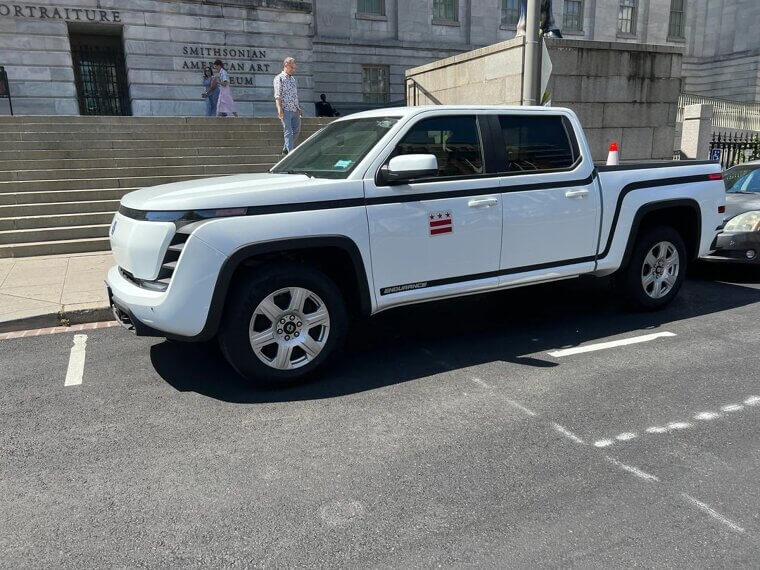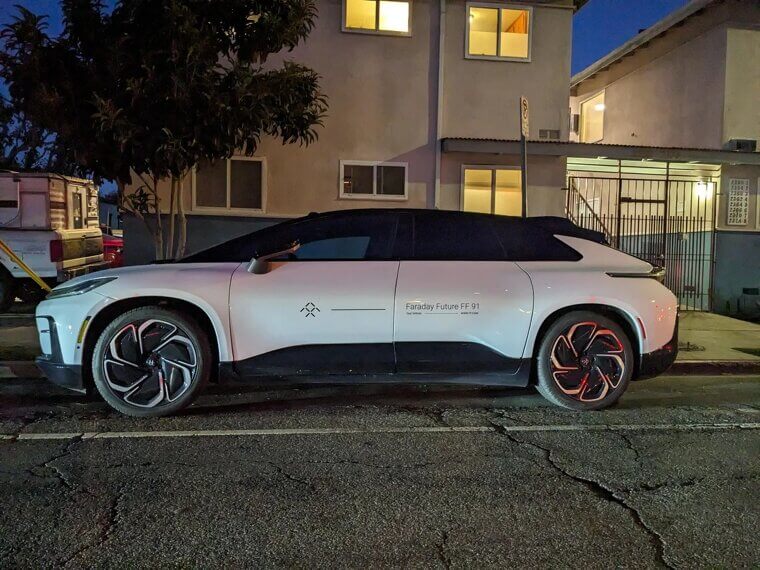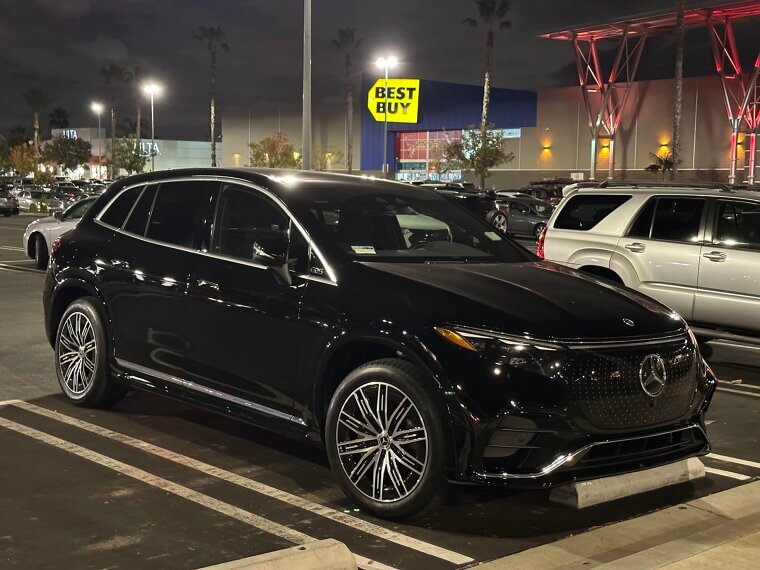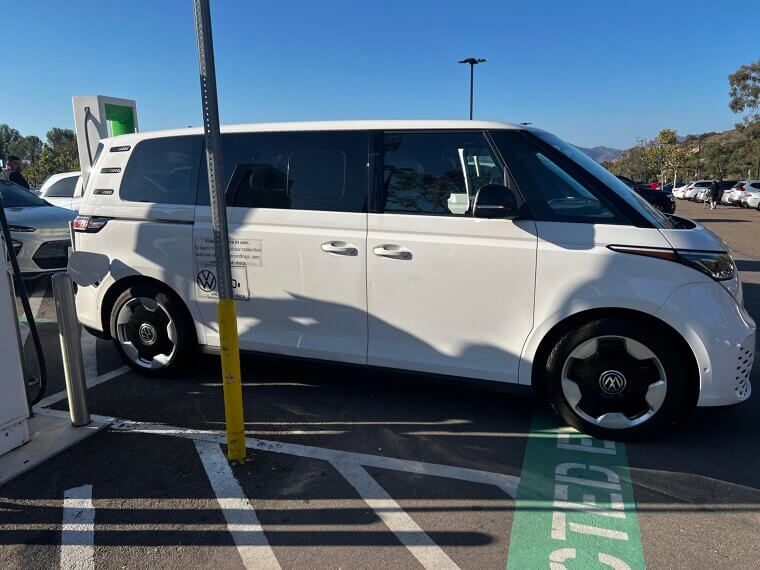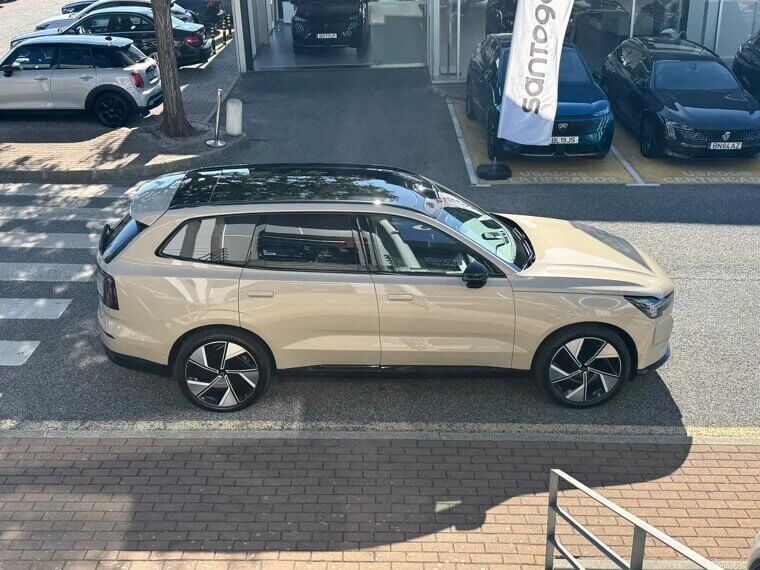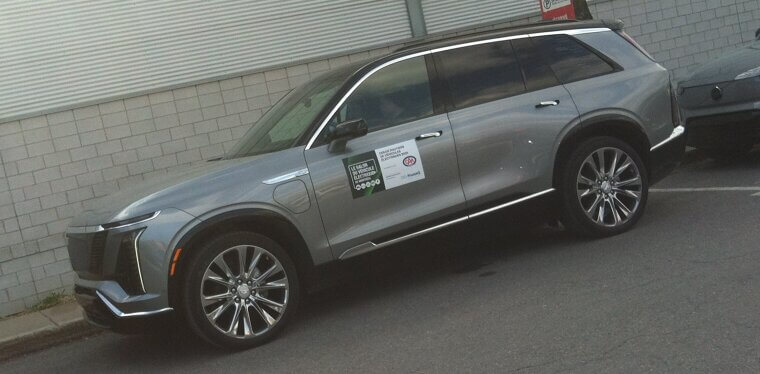Volkswagen ID. 7
VW planned to bring the ID.7 to the U.S. market, but then abandoned the idea when they realized Americans just weren’t buying sedans the way they used to. SUVs rule the road now, so VW pulled the plug before it launched.
Cadillac Escalade IQ
The Escalade IQ was supposed to be one of the best electric SUVs on the market, but it’s just a bit too much of everything. It’s too big, too heavy, and way too expensive. Dealers can’t move them because people just aren’t buying them like Cadillac hoped.
Hyundai IONIQ 9
The IONIQ 9 sounded incredibly exciting when Hyundai first teased it, but when it hit the market, no one lined up. It was roomy and sleek, but it competed with too many other electric SUVs. That’s the problem with a crowded EV market, and the IONIQ 9 just didn’t stand out.
Chevrolet Bolt EV
The Bolt had a pretty good run. It was one of the first affordable EVs that really worked as an everyday driver. But battery fires and an old design caught up with Chevy, and they decided to retire it and move on to next-gen models.
Mazda MX-30 EV
Mazda’s first EV barely made a splash in the market. Its small battery gave it a weak range, and people didn’t want to pay so much for so little. Sales were down, and Mazda made the decision to stop selling it.
Hyundai Ioniq Electric
The original Ioniq was a clean and simple EV until Hyundai made the decision to move on to bigger things. With the Ioniq 5 and 6 now stealing the spotlight, the Ioniq Electric was left behind and faded away quietly.
BMW I3
The i3 was a funky and futuristic EV when it launched. But by 2025, it felt ancient compared to newer EVs on the market. It had a limited range and outdated tech. BMW finally let it go from its range after years of slow sales.
Mini Electric Hardtop
Mini’s electric hardtop was cute, but super limited. It might have looked amazing, but it had a short range that turned off buyers. Sure, it had a small crowd of fans, but not nearly enough to stay alive. Today, Mini is rethinking its EV strategy.
Mercedes-Benz EQC
The EQC was supposed to be Merc’s big electric moment in the U.S. But since this list is about abandoned EVs, we can safely say it never took off. The range was mediocre at best, and the competition was fierce. Mercedes quietly stopped punting it to American buyers.
Audi E-Tron SUV
The very first e-tron was nice, even if it was heavy and not very efficient. Audi soon replaced it with the newer Q8 e-tron, which fixed many of the early issues Audi had. Sadly, the original model was retired with very little fanfare.
Jaguar I-PACE
Jag’s I-PACE was once ahead of its time. However, over the years, it failed to keep pace with the advancements in technology and range improvements seen in many other EVs. Sales dropped really fast, and Jaguar decided to shift its attention to newer electric ideas.
Lucid Air Pure
Lucid’s entry-level trim disappeared like many other EVs on this list - quietly. It was supposed to make Lucid a more affordable luxury brand, but the demand focused on high-end versions rather than entry-level versions. Lucid dropped it to make things simpler.
Polestar 2
The standard range of the Polestar 2 didn’t go far enough on a charge, and buyers much preferred the long-range model. Needless to say, Polestar scrapped it to keep things simple and focus on performance trims when the going got tough.
Volkswagen ID. 4 Base Trim
The cheapest version of Volkswagen’s ID.4 didn’t sell well. Most people preferred the mid or high trims, which offered better range and more features, so VW removed the base model from its lineup to focus on its more successful EVs.
Toyota BZ4X FWD
Toyota’s very first EV SUV struggled from day one - especially the front-wheel drive version. Buyers wanted way more power and traction than they were getting, so Toyota phased out the FWD model while keeping the all-wheel drive. Fans didn’t even miss it.
Nissan Leaf
The Leaf was a pioneer in the EV world, but it couldn’t keep up as newer and better EVs were launched. Its short range and old design also eventually caught up with it. Nissan decided to retire it and focus on newer EVs like the Ariya.
Ford Mustang Mach-E Select
The base Mach-E was fun, but it really lacked some of the key features buyers wanted. As soon as sales started slowing down, Ford trimmed the lineup and focused on better-equipped trims that sold faster and performed better in the market.
Rivian R1T Standard Pack
Rivian is one of the more well-known names in the EV world, but not every offering was a winner. Rivian planned a cheaper, shorter-range truck, but no one wanted it. Too many buyers preferred the longer-range versions, so the standard pack was dropped.
Tesla Model 3 Standard Range Plus
Tesla is known for tweaking its lineup, and the Model 3 standard range plus got replaced by newer (and dare we say better) trims with more impressive range and features. Sadly, this is how it goes with Tesla as they constantly update their EVs to suit the changing market.
Tesla Model X Plaid
The Model X Plaid was a wild, high-performance version of the Model X. It was cool but expensive, and had a few unnecessary features that most buyers weren’t interested in. Tesla quietly abandoned it to focus on other, more popular models.
GMC Sierra EV
The Sierra EV is big, powerful, and flashy, but it’s also really expensive and not very practical for most drivers. It’s more like a truck that wants to be tough and green at the same time. Suddenly, you’ve got a car with a high price tag and limited range. No, thanks!
Cadillac Celestiq
The Celestiq was meant to be a showstopper, according to Cadillac. It looked like something out of the future, sure, but its sky-high price tag made potential buyers nervous. Production costs were also too high, and Cadillac axed its idea.
Chrysler Airflow Concept
Chrysler was using its bold Airflow concept as the brand’s big return to the spotlight. It was meant to put Chrysler back on the map. But after showing it off, Chrysler changed course completely and decided to start fresh with a different design instead.
GMC Hummer EV
The Hummer EV had so much hype when it first launched, but that excitement faded fast when people realized just what they were getting. It was massive, super heavy, and drank electricity like the old Hummer drank gas. It felt more like a toy than a car, and it tanked fast.
Chevrolet Silverado EV
Chevy’s electric Silverado should have been a hit, right? Instead, it’s stuck in slow motion as a big, pricey, and hard-to-get truck. Truck fans are also not fully ready to go electric yet, and the Silverado EV just isn’t selling anymore.
Porsche Taycan
The Taycan is gorgeous and insanely fast, but it’s also extremely pricey and has a limited range for its price. It’s the kind of car people drool over but rarely buy. Most drivers are choosing EVs that are more practical for daily life instead of a rocket.
Karma GS-6 EV
Karma tried to turn things around with the GS-6 EV - an electric version of its luxury sedan. But sadly, Karma has had money for years, and things only got worse later on. Development stopped, and production plans faded away quickly.
Nissan Ariya
The Ariya had potential, but it got a bit lost in the crowd. It’s a solid EV, just not exciting. Some markets dropped it altogether, and buyers are now passing on it for newer and more stylish options with longer range and way better tech.
Lordstown Endurance
The Endurance is another concept EV that was supposed to be an electric work truck built super tough for job sites. But, like other brands on this list, Lordstown Motors ran into huge problems like poor sales and technical issues. Today, the Endurance is a distant memory.
Faraday Future FF 91
The FF 91 was hyped as the next big luxury EV. Was it ever made? No. It was meant to rival Tesla with its bold design and wild performance claims, but only a few prototypes were made, and most people have written it off as nothing more than a fantasy.
Mercedes-Benz EQS
The EQS was meant to be the “S-Class of EVs,” but most people just aren’t biting. It’s super luxurious, but also super pricey and not as exciting to drive as you’d expect. The design feels a bit too futuristic for some, and buyers are choosing cheaper, sportier EVs instead.
Volkswagen ID. BUZZ
People loved the look of the ID.Buzz, but it was too pricey. It also wasn’t as practical as people hoped, even if it was an electric version of the classic VW bus. Most buyers have shrugged and moved on as they realize it takes forever to get one.
Volvo EX90
Volvo’s EX90 is gorgeous and super sage, but it’s also really expensive and heavy. It’s one of those cars that people admire but don’t actually buy. The market for big luxury EVs is way too crowded, and this one just hasn’t sparked much interest with buyers.
Cadillac Vistiq
You’d think an electric Cadillac would do well, right? Wrong! The Vistiq looks great and has some cool futuristic features, but it’s caught in the same trap as other pricey EVs, where it just costs too much for what you’re getting.

